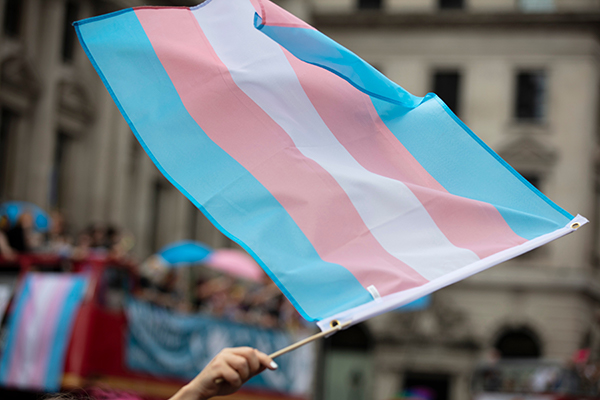
Wednesday, March 31 marks the 12th Annual International Transgender Day of Visibility (TDOV). The US Office of Personnel Management (OPM) supports the Administration’s policy to prevent and combat discrimination on the basis of gender identity or sexual orientation, and to fully enforce Title VII and other laws that prohibit discrimination on the basis of gender identity or sexual orientation as envisioned in Executive Order 13985 on Advancing Racial Equity and Support for Underserved Communities Through the Federal Government, Bostock v. Clayton County, 590 U.S. __ (2020), the Memorandum on Advancing the Human Rights of Lesbian, Gay, Bisexual, Transgender, Queer, and Intersex Persons Around the World; and the White House Proclamation on Transgender Day of Visibility, 2021. OPM provides Guidance Regarding the Employment of Transgender Individuals in the Federal Workplace to support Department/Agency efforts in sustaining inclusive cultures.
For TDOV 2021, OPM encourages agencies to celebrate the accomplishments and victories of transgender and gender non-conforming individuals around the world; acknowledge the courage it takes to live openly and authentically; and respect the advocates who use this day to raise awareness around the discrimination and violence individuals in the transgender community still face.
As this observance is relatively new to the federal workforce, we would like to share a few inclusive practices to jump start your workforce’s inclusion of transgender employees.
Attend virtual TDOV events. TDOV is celebrated on a global scale. Research virtual events to participate in and use #TDOV, #TransResistance, or #MoreThanVisibility on social media to share your experience.
Revisit history. Did you know transgender individuals have been on the frontlines of our historic movements? Visit the National Park Service’s webpage, “Transgender History in the US and the Places that Matter”.
Practice discretion. It may be TDOV, but sometimes transgender individuals do not want to be identified as such or do not feel safe doing so. Always ask first!
Learn the terminology. Know the difference between gender identity, gender expression, gender nonbinary, and gender nonconforming. Visit the Centers for Disease Control and Prevention webpage for a glossary of LGBTQ+ terminology.
Recognize the intersection of transness and other identities. This includes race, sexuality, class, disability, citizenship, and more. Recognition does not just entail acknowledgment; it also includes taking action and focusing on the lived experiences of the diversity of the trans community, in particular trans women of color who face the highest rates of discrimination.
Engage with your colleagues. Your agency’s HR, diversity and inclusion, or engagement offices should be available to provide information on LGBTQ+ Employee Resource Groups/Affinity Groups. These groups are open to all employees regardless of their gender identity or relationship to the LGBTQ+ community.
Be an ally. Use gender neutral language such as “everyone” or “team” instead of “ladies and gentlemen” or “guys.” And consider adding the pronouns with which you best identify in your email signature and permitting your workforce to do the same. Asking and correctly using someone’s pronouns is one of the most basic ways to show your respect for their gender identity.
For inquiries regarding LGBTQ+ as it relates to diversity and inclusion programs or to share how your agency practices LGBTQ+ inclusion, contact us at DiversityandInclusion@opm.gov.
Make it a great day!
Diversity and Inclusion
U.S. Office of Personnel Management
diversityandinclusion@opm.gov
OPM.gov | MAX.gov | LINK Newsletter
Do you have a story idea for us? Do you want to submit a guest blog? If it's about equity, diversity, or inclusion, please submit to edi.stories@nih.gov.
For news, updates, and videos, follow or subscribe to EDI on: Twitter, Instagram, Blog, YouTube.






